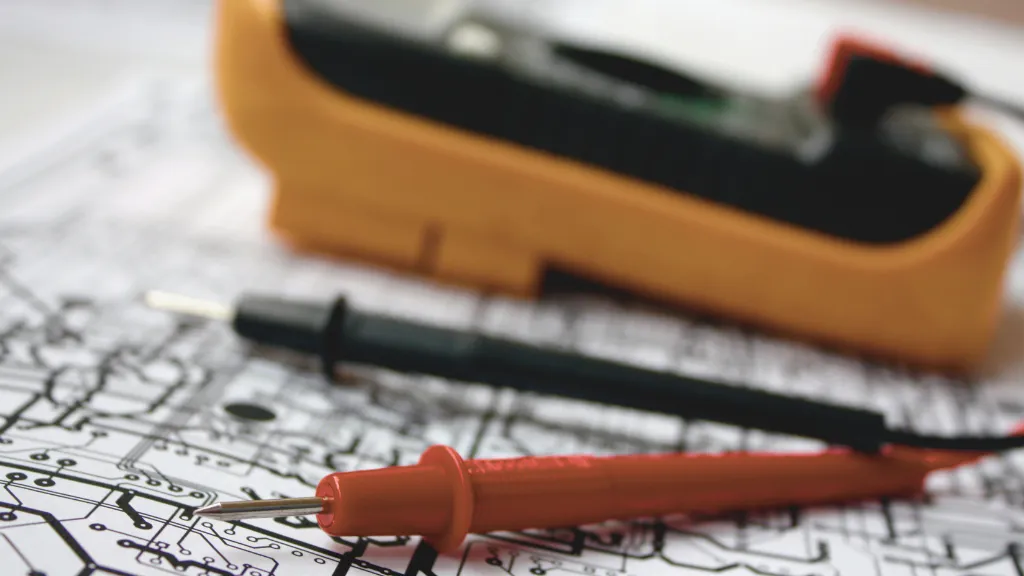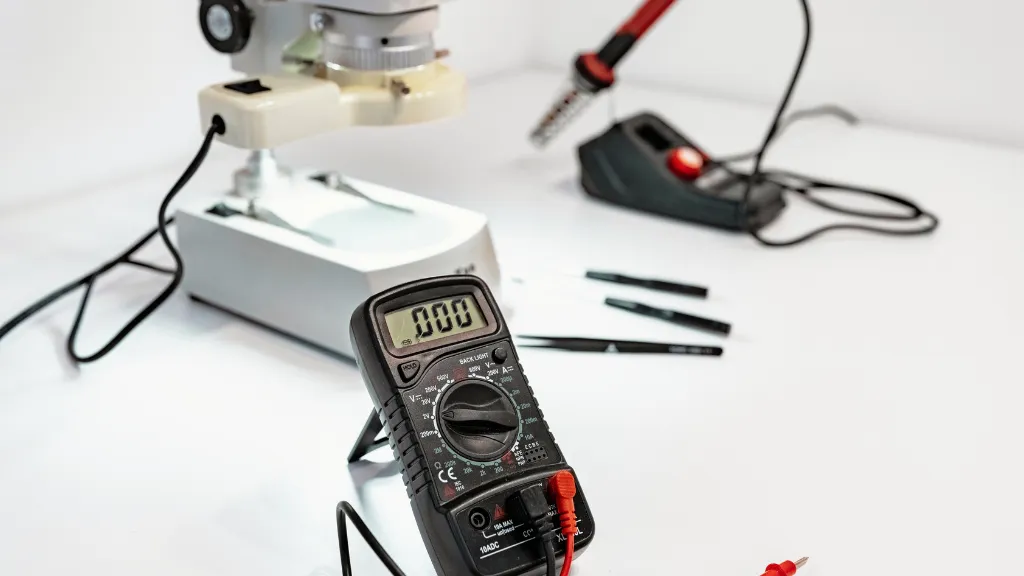How To Calibrate A Multimeter
I’ve had the opportunity to work with a wide array of tools and technologies, but one tool that consistently proves indispensable is the multimeter. This little gadget is the Swiss Army knife of our trade, helping us measure voltage, current, and resistance with a quickness and accuracy that keeps our work on point.
However, like any tool that sees regular use, multimeters need a bit of TLC to keep them accurate. That’s where calibration comes in.
Let me walk you through calibrating a multimeter, drawing from deep experience and not just textbook theory.
Understanding Calibration of a Multimeter
First off, let’s get our heads around what calibration means. In the simplest terms, calibration is the process of ensuring your multimeter readings are accurate by comparing them against a standard.
Think of it like setting your watch to the correct time. If your multimeter is off, even by a little, it can lead to serious missteps in diagnosing and fixing electrical issues.
Why Calibration Matters for a multimeter
You might wonder, “Why bother?” Accuracy in our line of work isn’t just about being precise; it’s about being safe. An incorrect reading can lead to faulty repairs, which might harm you or someone else in the worst case.
Plus, ensuring your tools are calibrated saves time and money in the long run by avoiding callbacks and additional repairs.

When To Calibrate a multimeter
There’s no one-size-fits-all answer here, but there are a few signs that it’s time to calibrate. If your multimeter survived a drop or a particularly rough job, it’s a good candidate.
Also, if it’s been a year or more since the last calibration, or if you’re about to start a critical precision job, give it a check. And, of course, if your readings start to look suspect or inconsistent, it’s time.
How To Calibrate A Multimeter
Now, let’s roll up our sleeves and get to the nitty-gritty. Calibration isn’t something you wing; you’ll need the right equipment and a bit of know-how.
Step 1: Get the Proper Equipment
You’ll need a calibration standard that’s more accurate than your multimeter. This could be a precision resistor or a dedicated calibration source. Don’t skimp on this; the quality of your calibration is only as good as your standard.
Step 2: Prepare Your Multimeter
Before you start, ensure your multimeter is clean and in good working order. Check the batteries, leads, and connectors. Any issues here can throw off your calibration.
Step 3: Perform the Calibration
This is where you compare your multimeter’s readings against the calibration standard. For voltage, you’ll apply a known voltage and adjust the multimeter to match.
For resistance, you’ll use a precision resistor. The exact process can vary depending on your multimeter model and the type of calibration equipment you’re using, so always refer to the manufacturer’s instructions.
Step 4: Adjust as Necessary
If your readings are off, you’ll need to adjust your multimeter. Some models have a calibration feature that lets you make adjustments directly. Others might require a bit more work, including potentially taking the unit apart to adjust internal components.
If you’re uncomfortable with this level of tinkering, it might be time to call in a professional.
Step 5: Document Your Calibration
Once you’ve got your multimeter dialed in, make sure to document the calibration. Note the date, the standards used, and any adjustments made.
This helps with future calibrations and is also good practice for professional accountability.

Can environmental factors like temperature and humidity affect the need for multimeter calibration?
Environmental factors such as temperature and humidity can significantly impact the accuracy of your multimeter readings, thus influencing the calibration schedule. Like any electronic device, Multimeters are subject to the laws of physics.
Components inside the multimeter, especially those involved in measurement circuits, can expand, contract, or otherwise react to changes in temperature and humidity. These physical changes can alter the electrical properties of the components, leading to a drift in the accuracy of the measurements.
For instance, high temperatures can increase the resistance of conductive pathways, while high humidity can introduce moisture into the device, potentially causing short circuits or corrosion over time. Both scenarios can skew your multimeter’s readings, making it unreliable unless recalibrated to adjust for these environmental effects.
That’s why it’s crucial for electricians working in particularly hot, cold, or humid environments to consider these conditions as part of their calibration schedule. More frequent calibration may be necessary in extreme environments to ensure consistent and accurate measurements.
Always refer to your multimeter’s user manual for specific guidance on environmental conditions and calibration frequencies, as manufacturers will often provide recommendations based on the design and intended use of the device.
Conclusion
Calibrating your multimeter is essential to maintaining the accuracy and reliability of your electrical work. With the right tools and patience, you can ensure your multimeter is up to the task, job after job.
Remember, in our line of work, the margin for error is slim, and the right preparation can make all the difference. Stay safe, stay precise, and keep those multimeters in check!
Frequently Asked Questions
How often should I calibrate my multimeter?
At least once a year, or anytime you suspect it’s giving inaccurate readings.
Can I calibrate a multimeter myself?
Yes, if you have the right equipment and follow the manufacturer’s instructions. However, professional calibration might be the way to go for high-precision or specialized equipment.
What happens if I don’t calibrate my multimeter?
You risk getting inaccurate readings, leading to improper diagnostics, safety hazards, and wasted time and resources.

Author
Alex Klein is an electrical engineer with more than 15 years of expertise. He is the host of the Electro University YouTube channel, which has thousands of subscribers.
